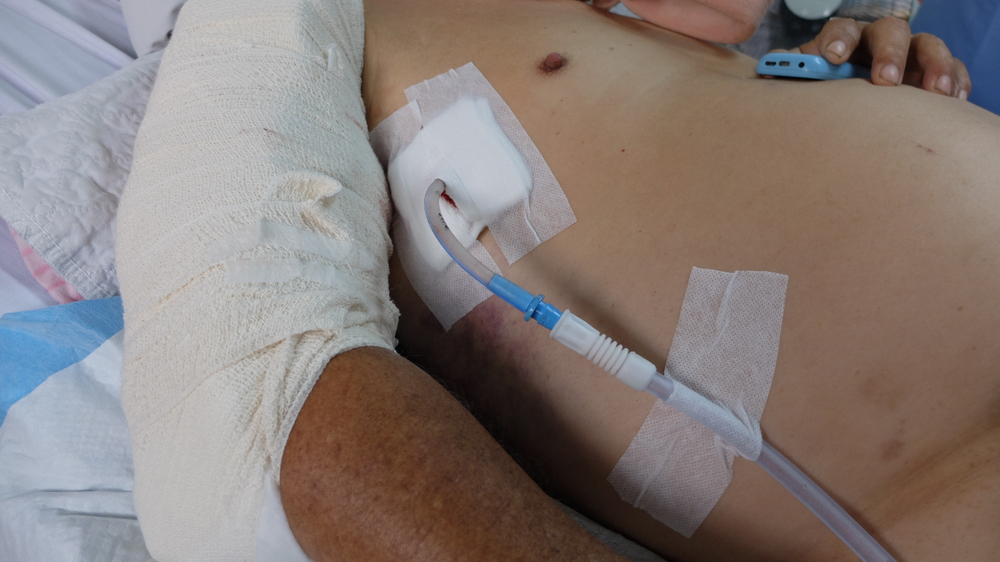Understanding microenvironment contributions to disease progression
Lead: Professor Najib Rahman
The pleura is a two-layered membrane that protects and cushions the lungs. The outer layer (the parietal pleura) is attached to the inside of the ribs and the inner layer (the visceral pleura) covers the lungs. This sub-theme is looking at conditions that relate to the pleura and the pleural space between the membranes.
The treatments for many of the conditions in this area are out of date or lacking. We are working on better and more effective therapies for pneumothorax and empyema, for example, which will not only improve patient outcomes but also significantly improve their quality of life.
Over the course of the last BRC, we have collected a lot of human samples and created a large network of pleural centres across the country. We want to use these samples to better understand how pleural diseases like empyema, pneumothorax and malignant pleural disease evolve.
Pleural infection
This includes empyema, which is usually caused by an infection and leads to a build-up of pus in the pleural space.
By assessing inflammatory and immune responses and using statistical modelling, we want to investigate why pleural infections in some patients respond less well to treatment than others, and predict how they will respond to enzyme therapy and surgery.
Recent Oxford-led genetic analysis has found that pleural infection was mainly caused by more than one microbe at a time.
Pneumothorax

This is when a hole is created in the lining of the pleura, sometimes for no apparent reason. This hole can allow air to enter the pleural space, putting pressure on the lungs, which can collapse completely. We want to understand why this happens, as well as studying how to develop new and more effective treatments for pneumothorax.
We are using novel thoracoscopic techniques to take biopsies and assess the cells in the sample to better understand cause of pneumothorax. If we understand how or why the hole appears, we are better placed to identify drugs that could help to repair it.
Malignant pleural effusion
This is a build-up of fluid in the pleural space due to cancer either of the pleura or lung, causing a shortness of breath and discomfort in the chest. We are researching new ways to deliver a new chemotherapy drug capsule directly into this space and target the cancer cells.
Non-specific pleuritis
This is a condition which has baffled many doctors over the years; patients develop fluid in the pleural space for no apparent reason. Our large network of researchers provide the opportunity for us to work together to advance understanding in this area and find better ways of managing this condition. We will assess the cells found in the pleural fluid to try to define a common biological signature for this group of patients.